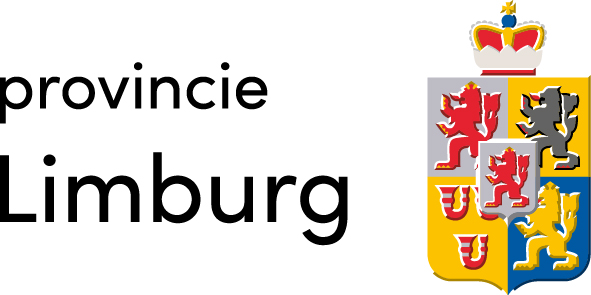THE WHITE HALL Maastricht theatre life
The so-called 'White Hall' was established in the late 19th century as a foyer for both the audience and performers, serving as a meeting place before there was a designated artists' lounge. Here actors and performers could mingle with the admiring public. This was the heart of Maastricht’s vibrant theatre scene. The age-old motto of the city theatre, Utile Dulci… for utility and entertainment has proven its worth over the past 240 years!
A journey through history reveals that the former Jesuit community played a key role in boosting the city’s theatrical life, thereby unwittingly laying the foundation for one of the richest, most continuous theatre traditions in the Netherlands. This proud tradition includes not only French revolutionary Fabre d’Eglantine but also lesser figures, from vaudeville entertainers to opera singers. The repertoire presented in the Bonbonnière was often appalling such as melodramas full of pathos, crude farces and an overabundance of opera. Audiences sang along and wept over now-forgotten musical tearjerkers like The Two Orphans, a tragic tale that remained in repertoire until the 1930s. Rules such as a smoking ban during performances and a prohibition on yelling or debating with the actors (again, during the show!) were meant to instill some refinement in the rather elitist audience. There was no place for workers in the theatre. Until the mid-1920s, French-language theatre reigned supreme; audiences were enamoured with French operas. Occasionally a celebrity like Adelina Patti would perform. Eventually the rise of Dutch-language theatre was unstoppable with icons such as Cor van der Lugt Melsert, Eduard Verkade and Theo Mann-Bouwmeester. Maastricht audiences preferred Frits Hirsch’s operetta company, while socially critical cabaret artists like Koos Speenhof and Jean Louis Pisuisse were kept away. The works of Herman Heijermans were poorly received; Kniertje from The Good Hope with her famous line ‘fish is paid for dearly’, never made it to the city theatre’s stage. Socialist realist theatre had to be staged elsewhere in the city. The shift from French to Dutch became undeniable when the French signage in the theatre was replaced by Dutch ones.
And then there was Madame Debye, mother of Maastricht’s Nobel Prize winner Pie Debye. She worked as bureauliste, reserving the best seats for loyal patrons and even having her husband deliver the tickets to their homes! Madame Debye was a pillar of support for many actors and singers; until the very last minute before the curtain rose, she would stand by with needle, thread, and iron to fix small mishaps. She served as the theatre's all-round caretaker from 1898 until 1937.
After 1945, the public craved new and different repertoires. Theatre became more democratic, and local dialect groups increasingly brought the distinct Maastricht character to the stage. Democratization of the theatre meant the establishment of a strong repertoire committee, effective publicity, youth programs and a house publication, Kunstschouw. Not only did international stars visit the city, but Limburg’s own theatre scene flourished in the 1950s, thanks to directors like Jef Baarts and groups such as M’46, the Kemediespeulers and the South Netherlands Opera. The biggest theatre hit of the 1950s was The Desert Song, a wildly popular American operetta performed by the Mastreechter Operette Vereiniging, directed by Jef Baarts, with musical direction by Martin Koekelkoren and choreography by Wally Haacke.
In the 1960s, the city theatre became the home stage for Het Groot-Limburgs Toneel, featuring both Flemish and Dutch actors. It was the precursor to Het Vervolg, now known as Toneelgroep Maastricht.












